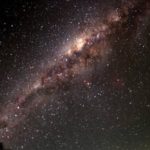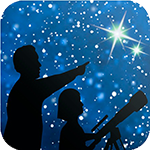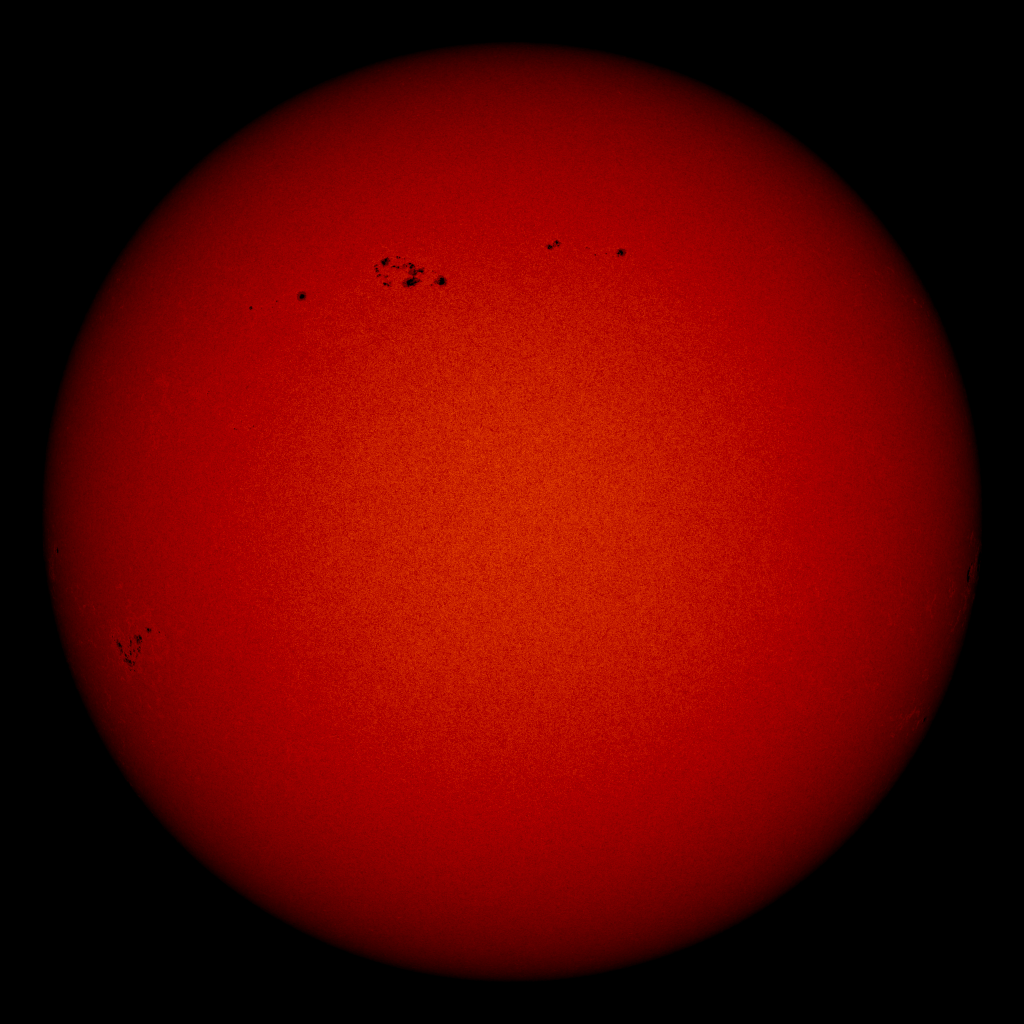by Gerald Rezes
Winter arrives at 1:19 AM (PST) on December 21, 2024 – the longest night of the year. Winter is a great time for stargazing as long as the weather holds out and in Southern California, this is usually the case.
There are too many stars, constellations, and astronomical objects in the winter sky to detail here. But the winter’s featured constellation has to be Orion. The stars that makeup Orion’s figure are identified in many cultures as a hunter. Astronomically speaking, Orion looks like a large hourglass pattern with three stars making up his waistline belt. Betelgeuse, a large red giant star, marks his right shoulder. In the opposite corner, Orion’s left knee shines Rigel a hot blue supergiant. There are three stars that make Orion’s sword but actually, the middle “star” is the Great Orion Nebula (M42). This brilliant nebula is a hotbed of new star creation and is one of the easiest objects for an amateur astronomer to find and view with any telescope or binoculars.
Moon Phases
- Dec. 22 – Last Quarter

- Dec. 30 – New Moon

- Jan. 6 – First Quarter

- Jan. 13 – Full Moon

- Jan. 21- Last Quarter

- Jan. 29 – New Moon

- Feb. 5 – First Quarter

- Feb. 12 – Full Moon

- Feb. 20 – Last Quarter

- Feb. 27 – New Moon

- Mar. 6 – First Quarter

- Mar. 13 – Full Moon

- (Source: Calendar-12.com)
The before-mentioned Betelgeuse along with Sirius and Procyon make up the asterism called the Winter Triangle. Sirius, the Dog Star, is the brightest star in the night sky; Procyon is a binary system with a white dwarf star. Rounding out the notable stars in the winter sky are Aldebaran, Capella, Castor, and Pollux.
Opposite the galactic center, the winter presents the Milky Way’s outer arm spanning across the sky. With this river of stars, there are many Messier objects. The before-mentioned Orion Nebula, M42, is probably the most famous winter object.
Next perhaps is M1, The Crab Nebula, which is a circular supernova remnant from an explosion in 1054 AD. M45, The Pleiades, is sometimes mistaken for the Little Dipper but this open cluster of new stars is nowhere near the northern pole. There are several additional open clusters in the winter sky including M41, M35, M36, M37, M38, and M67. Last, there are the Hyades, the nearest open cluster which makes up the “V” in Taurus.
Planets:
- Mercury starts winter in the morning. Superior conjunction is on February 9 and transitions to an evening planet. It’s at greatest evening altitude on March 8.
- Venus continues to be a brilliant evening planet. It’s at greatest evening altitude on January 30 and greatest brightness on February 16.
- Mars begins its stay in the morning sky but transitions to the evening sky at opposition on January 15. There is a lunar occultation on February 9.
- Jupiter is the bright evening planet all winter in Taurus.
- Saturn is in the evening sky approaching sunset. Venus and Saturn are close on January 18. It’s at solar conjunction on March 12.
- Uranus (Taurus) is a well-positioned evening planet.
- Neptune is in Pisces below the circlet. By February, it will be positioned low in the western sky at nightfall. There is a lunar occultation on January 5 and a conjunction with Venus on February 3.
- Pluto is too close to the sun to observe while in Sagittarius.
- Ref: In-The-Sky.org & The Sky Live
Meteor Showers
- December 21-22 – The Ursids peak.
- January 3-4 – The Quadrantids peak.
There will be a total lunar eclipse on March 13.
Last Updated on November 8, 2024










Recent Comments